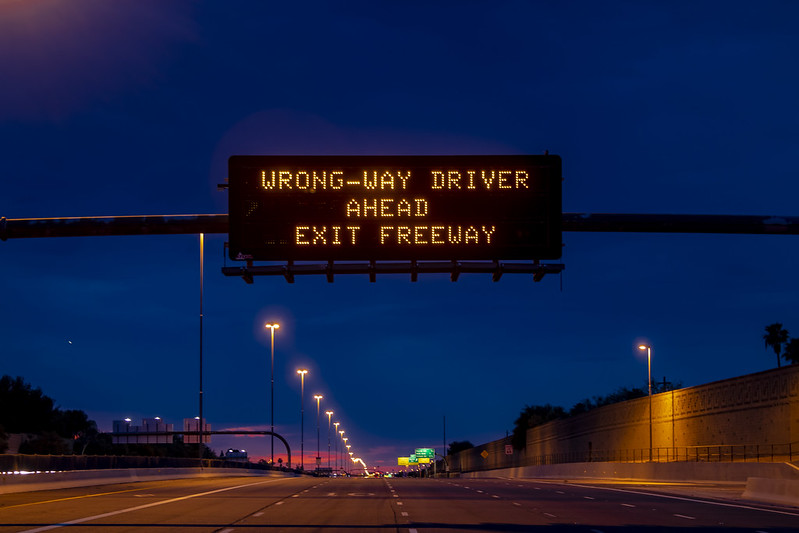
Wrong-Way Driver Detection System
Headed home after working the late shift, Phoenix Fire Department Dispatcher Megan Lange’s vehicle was struck – head-on – by a wrong-way driver on Interstate 17 in January 2015. While this wasn’t the first wrong-way fatality on Arizona’s highways, it served as a stark reminder of the danger and was an opportunity for the state to take a more aggressive approach to combat the increase of wrong-way crashes on freeways. As was the case with the driver who killed Megan, most of the wrong-way drivers are impaired.
There were 245 wrong-way crashes across Arizona from 2004-2014, resulting in 91 fatalities. From 2015-2016, the number of injuries and fatalities due to wrong-way drivers increased from 16 to 30. Highway safety officials realized there had to be a better way to reduce the risk associated with wrong-way drivers.
In 2017, the Arizona Department of Transportation installed a first-in-the-nation wrong-way system using thermal technology. The $4 million system, installed along a 15-mile stretch of I-17 in central Phoenix, consists of 90 FLIR thermal cameras positioned throughout the corridor to detect wrong-way vehicles, illuminated “WRONG WAY” signs for enhanced notification to the wrong-way driver, advisories for right-way drivers with directions on overhead message boards, and immediate notification to law enforcement and traffic operators. Previously, wrong-way driver alerts relied on 911 calls, which are often contradictory and unreliable.
The system can’t prevent wrong-way drivers. What the system can do – and is successfully doing – is getting the police to wrong-way drivers faster and alert motorists in the area. Data shows a majority of wrong-way drivers self-correct before entering the freeway, in part due to the new countermeasures.
The technology from the pilot system is being deployed elsewhere on Metro Phoenix freeways, along with the ADOT Alerts app, providing an innovative solution to keeping roadways safe.
Read additional stories from this state:


